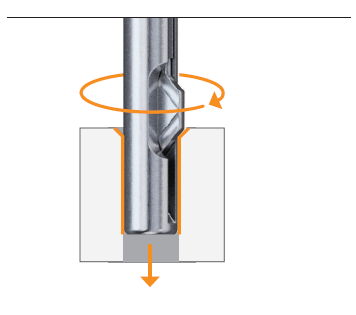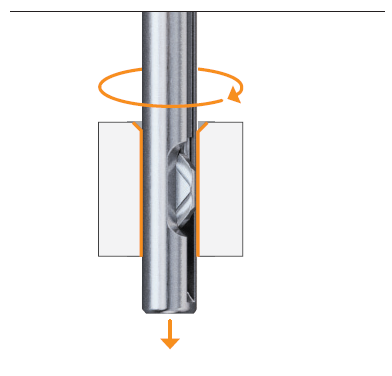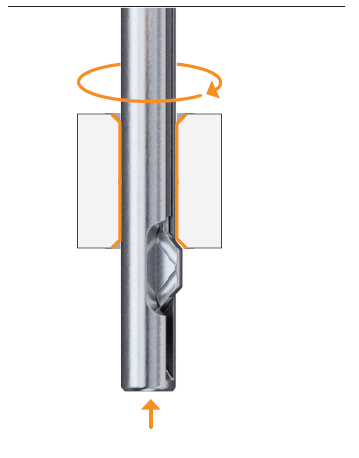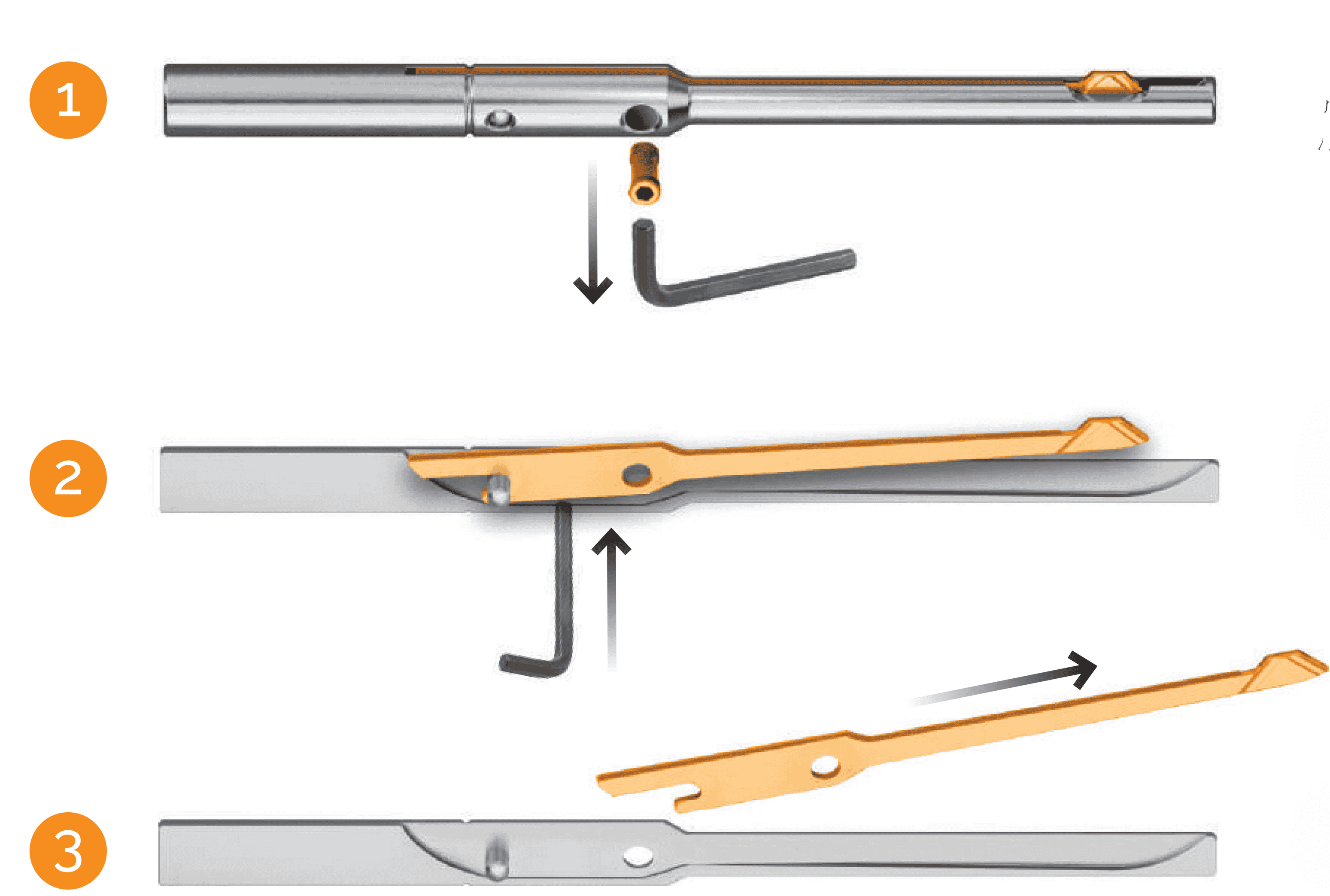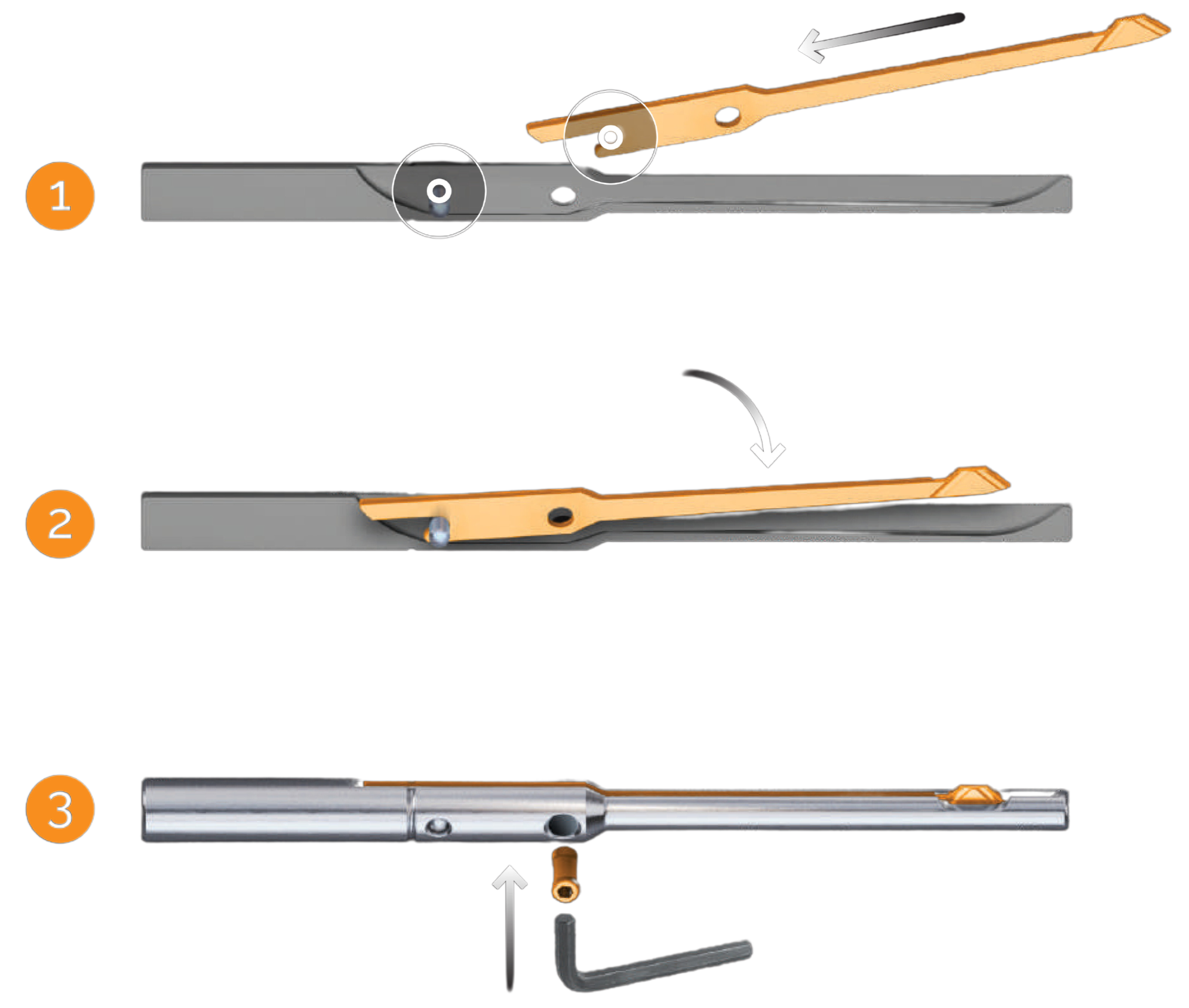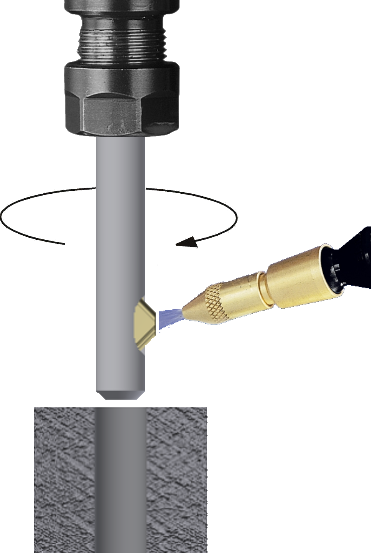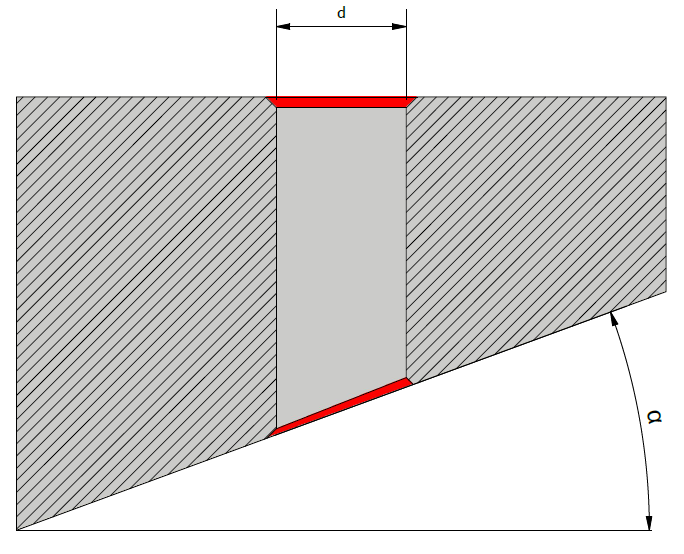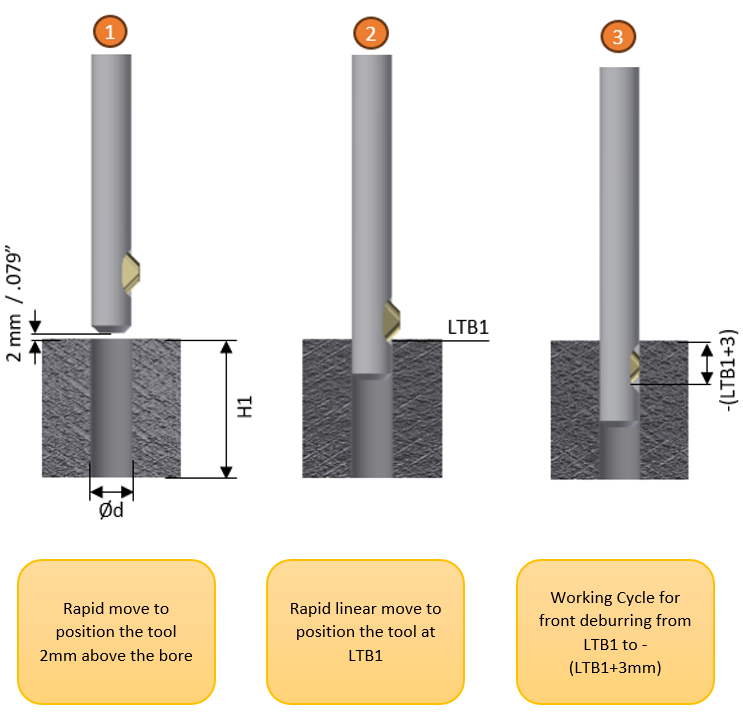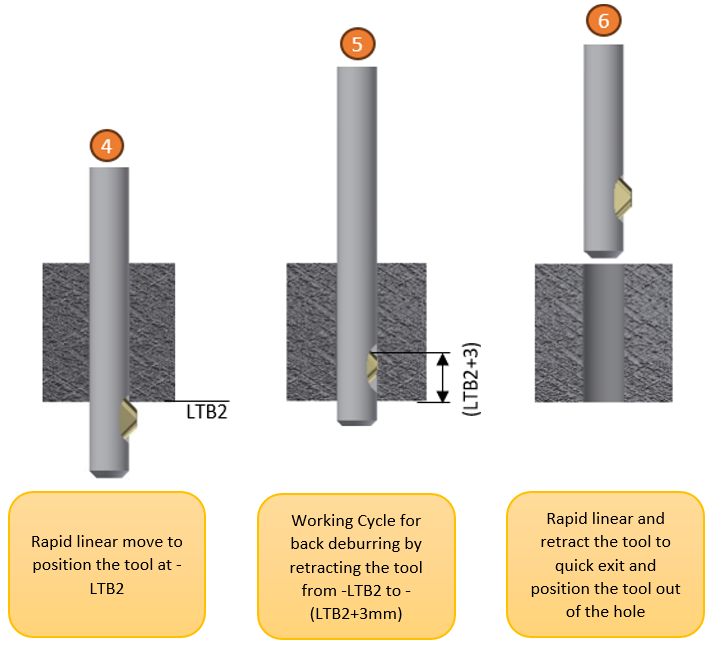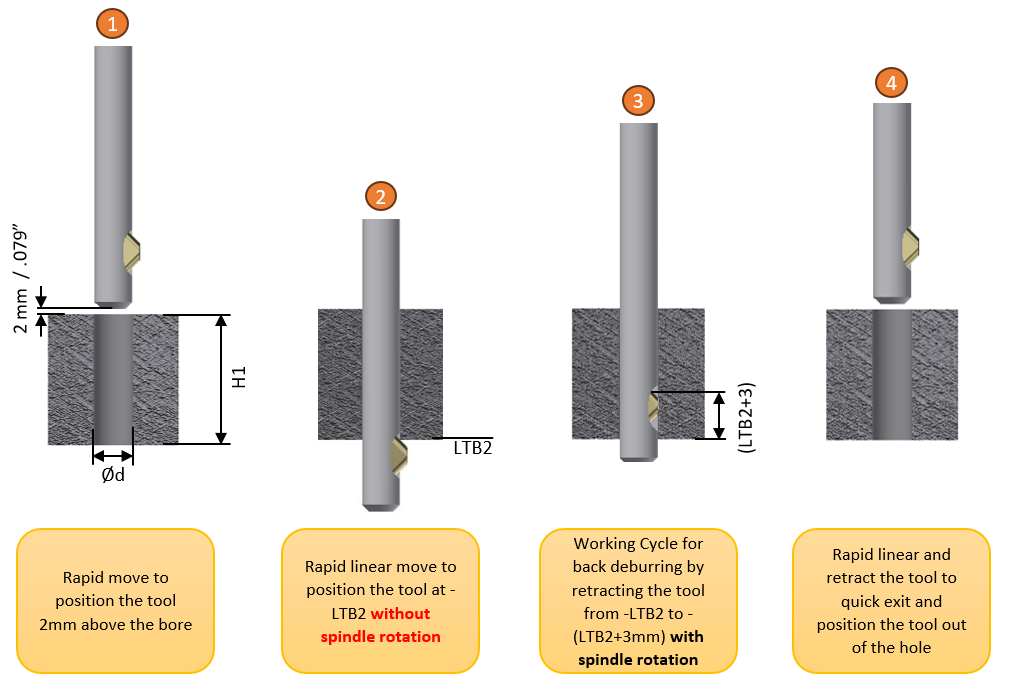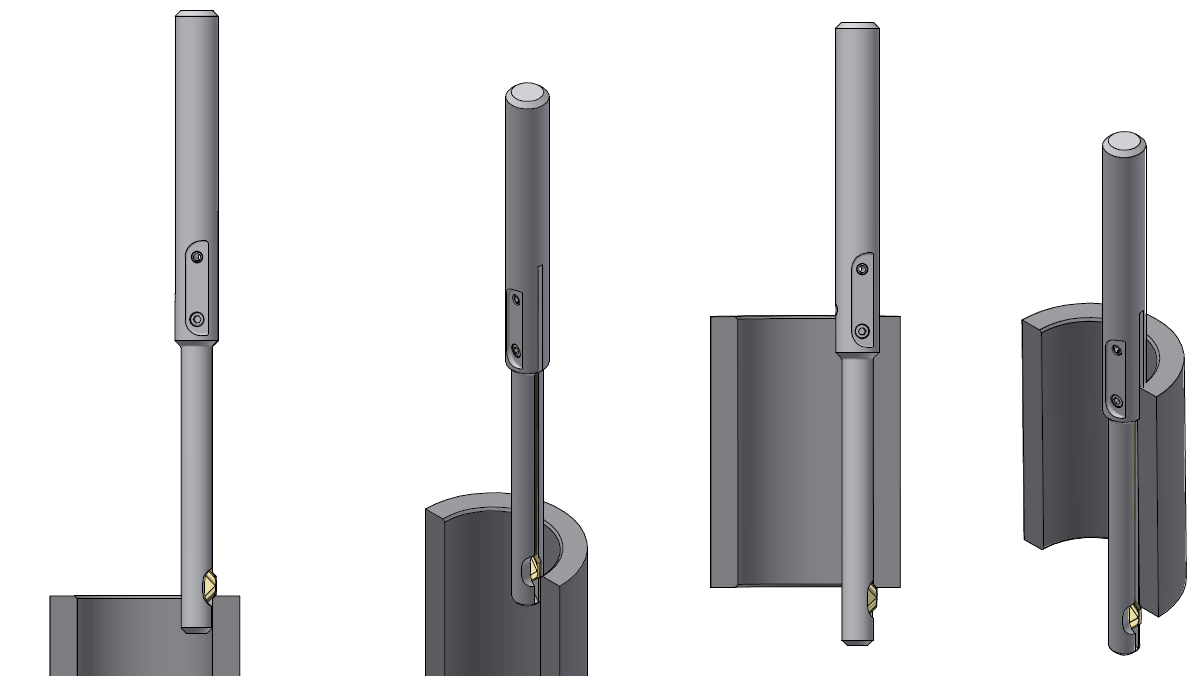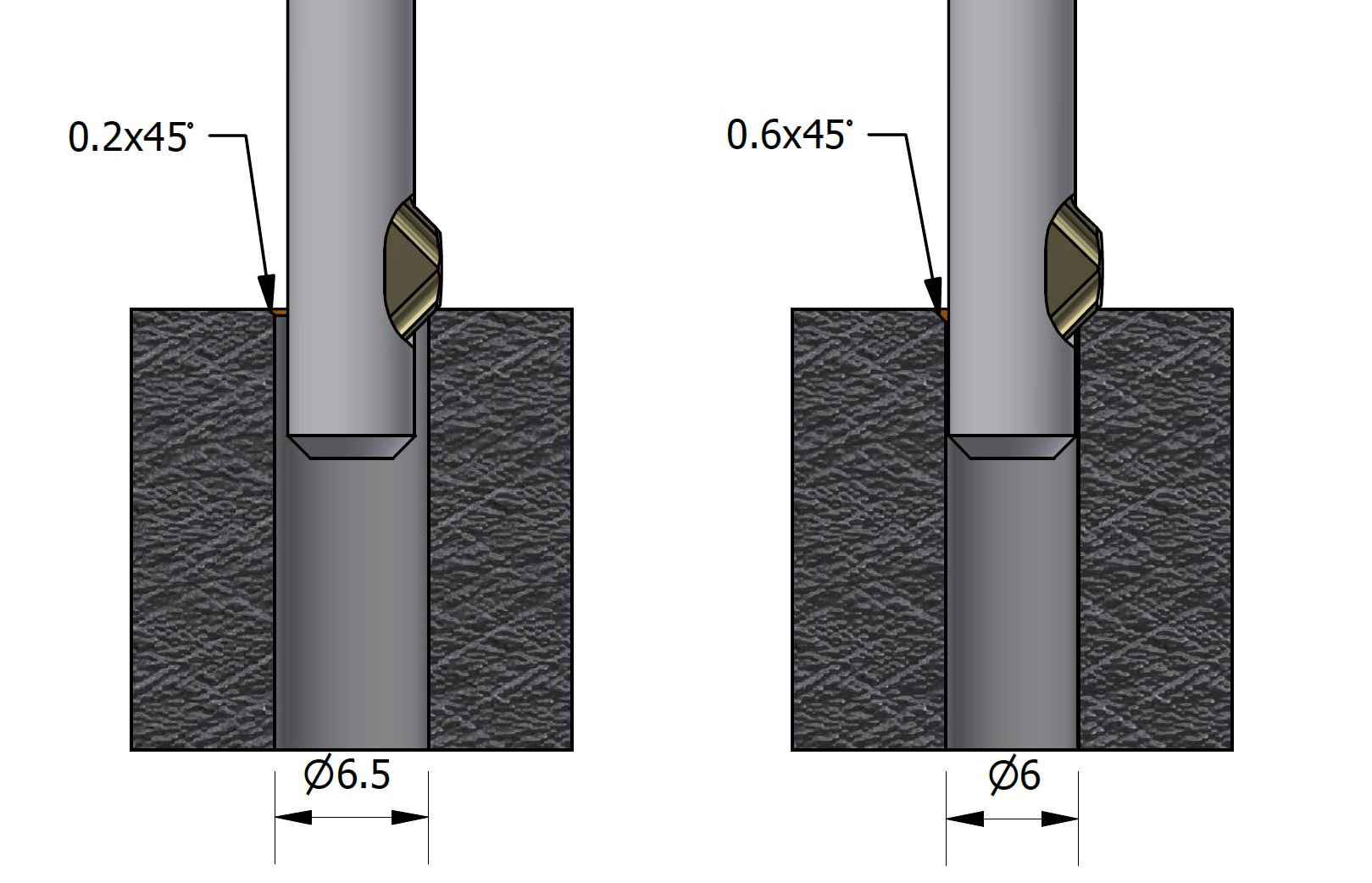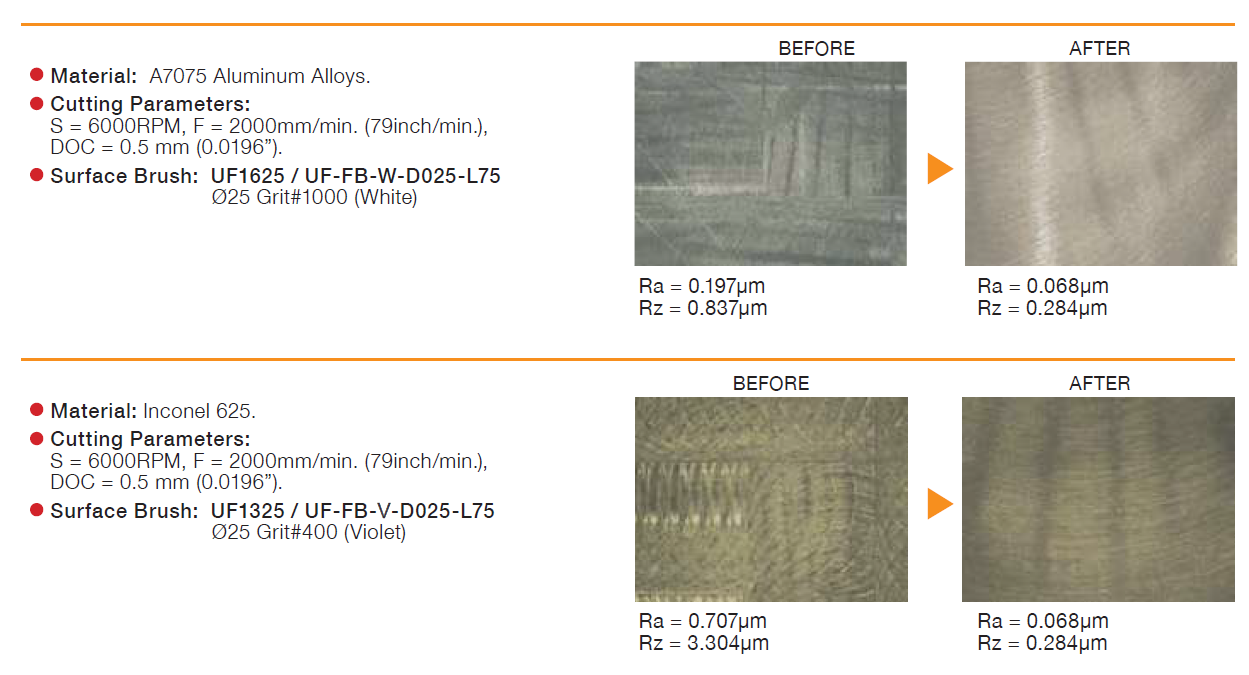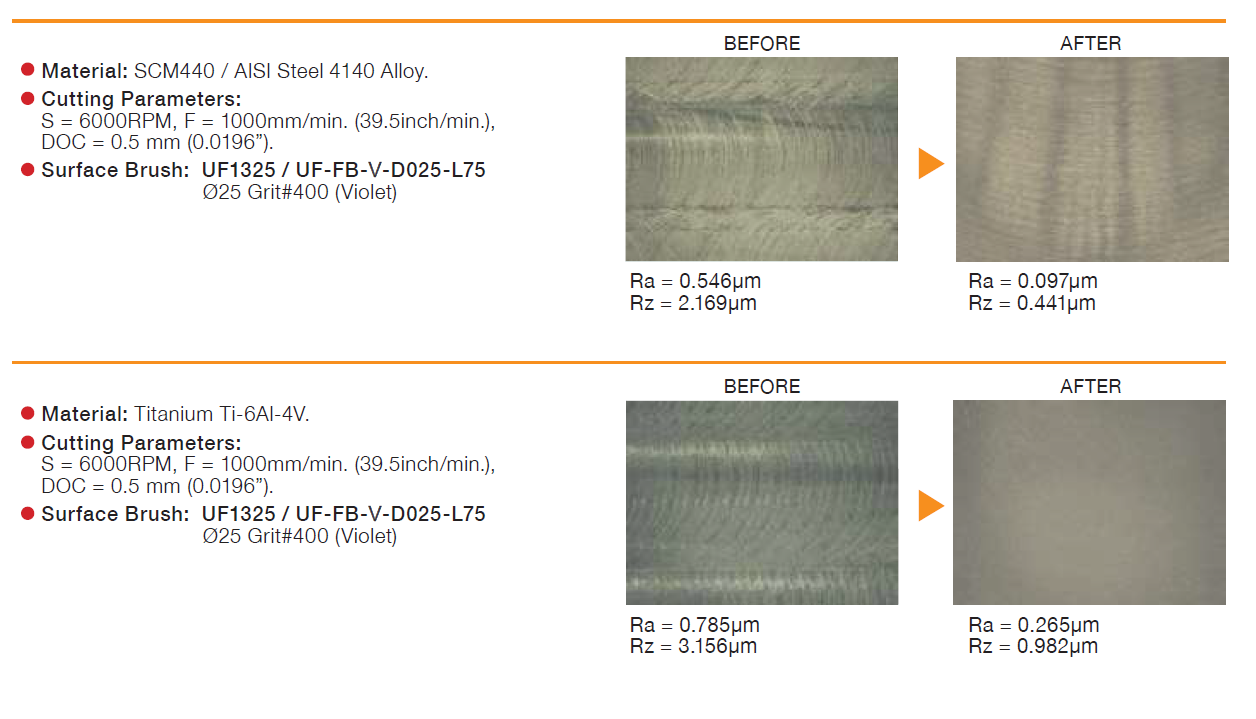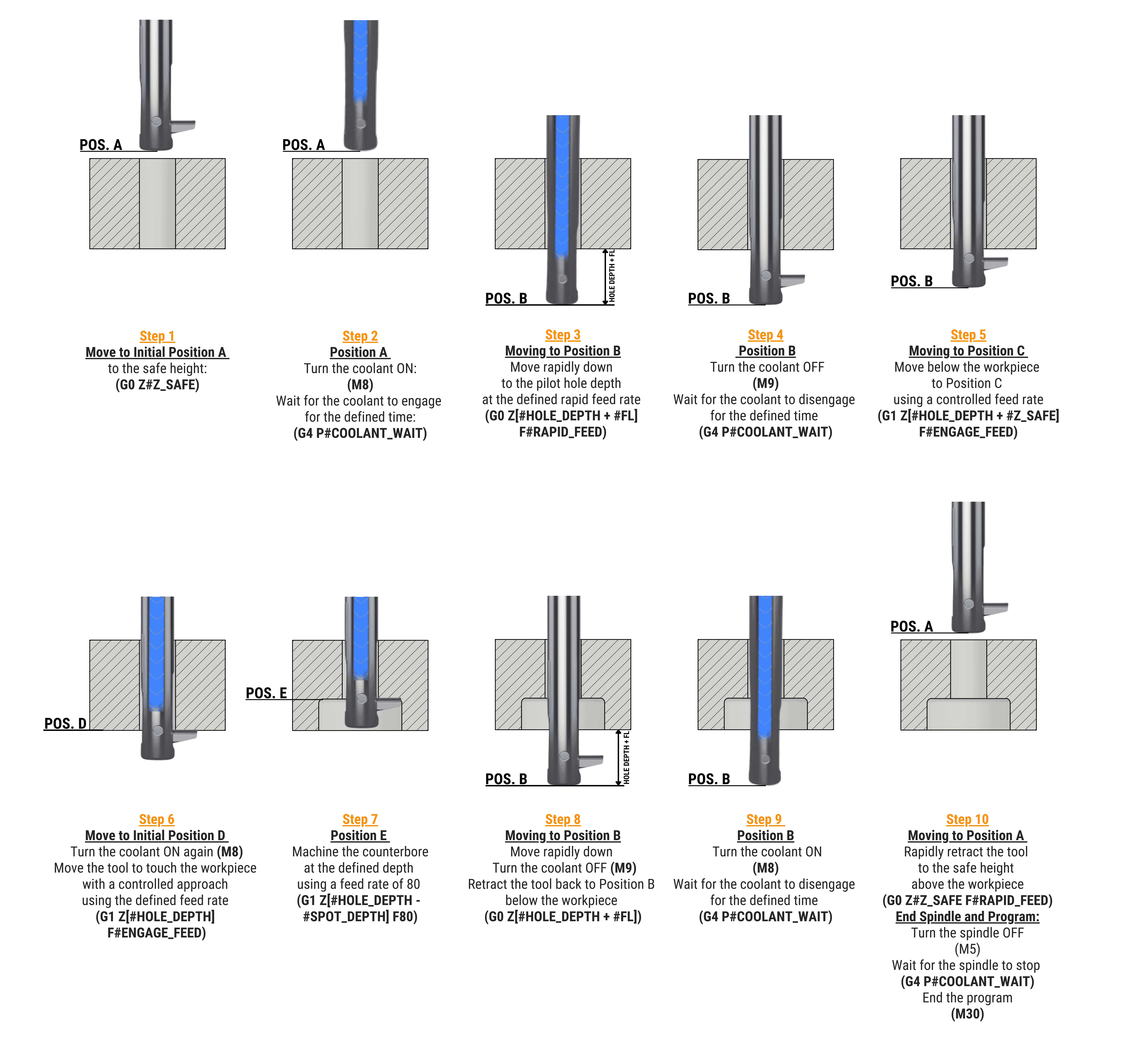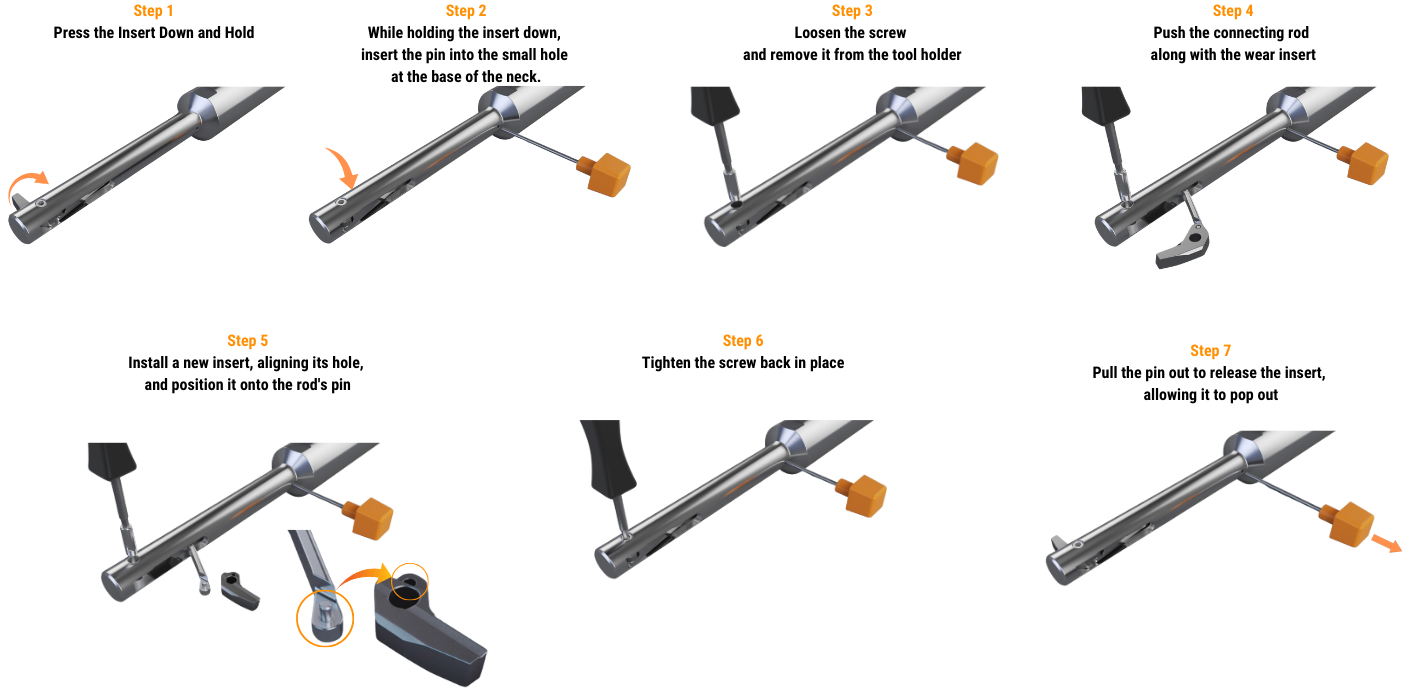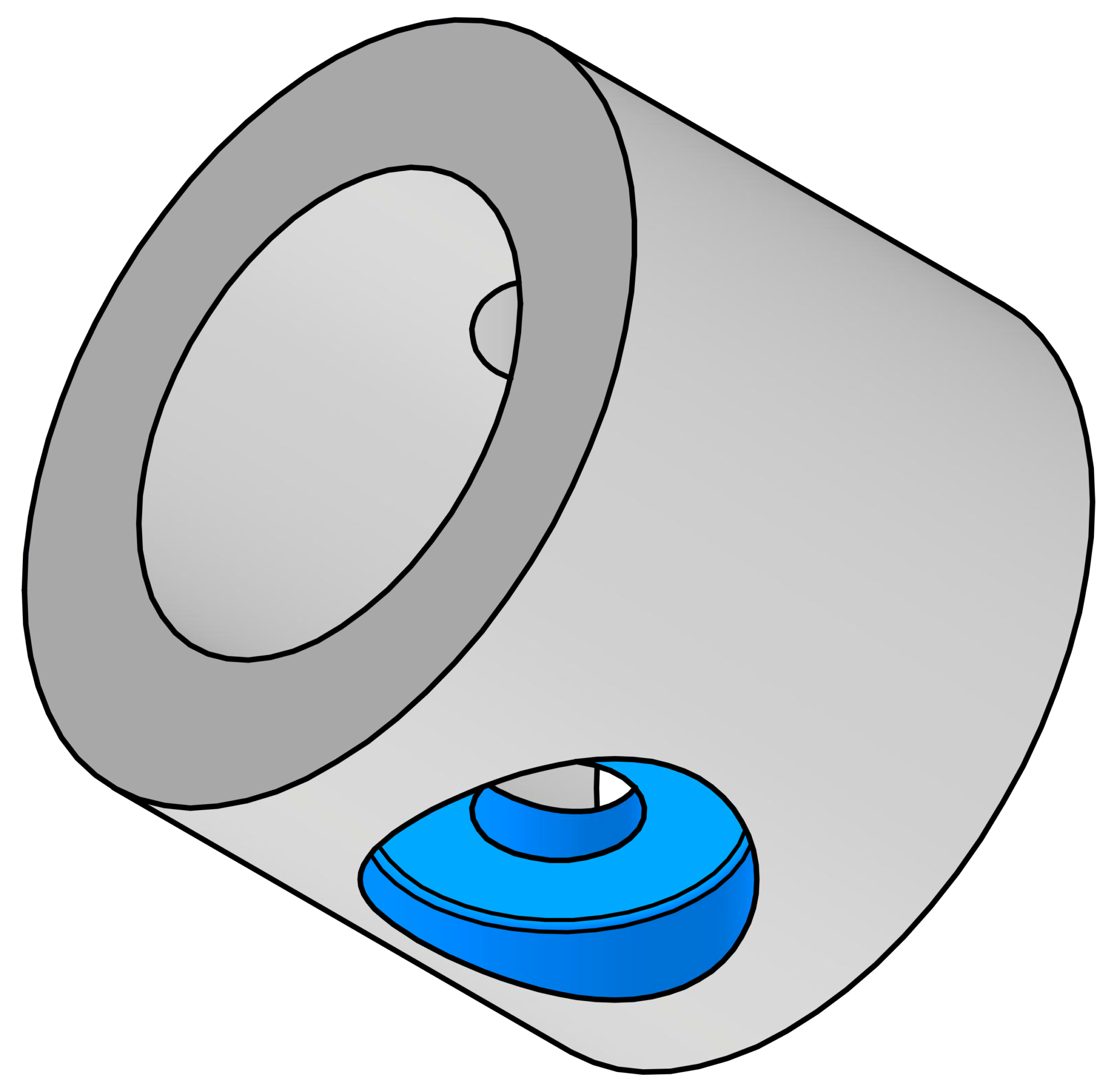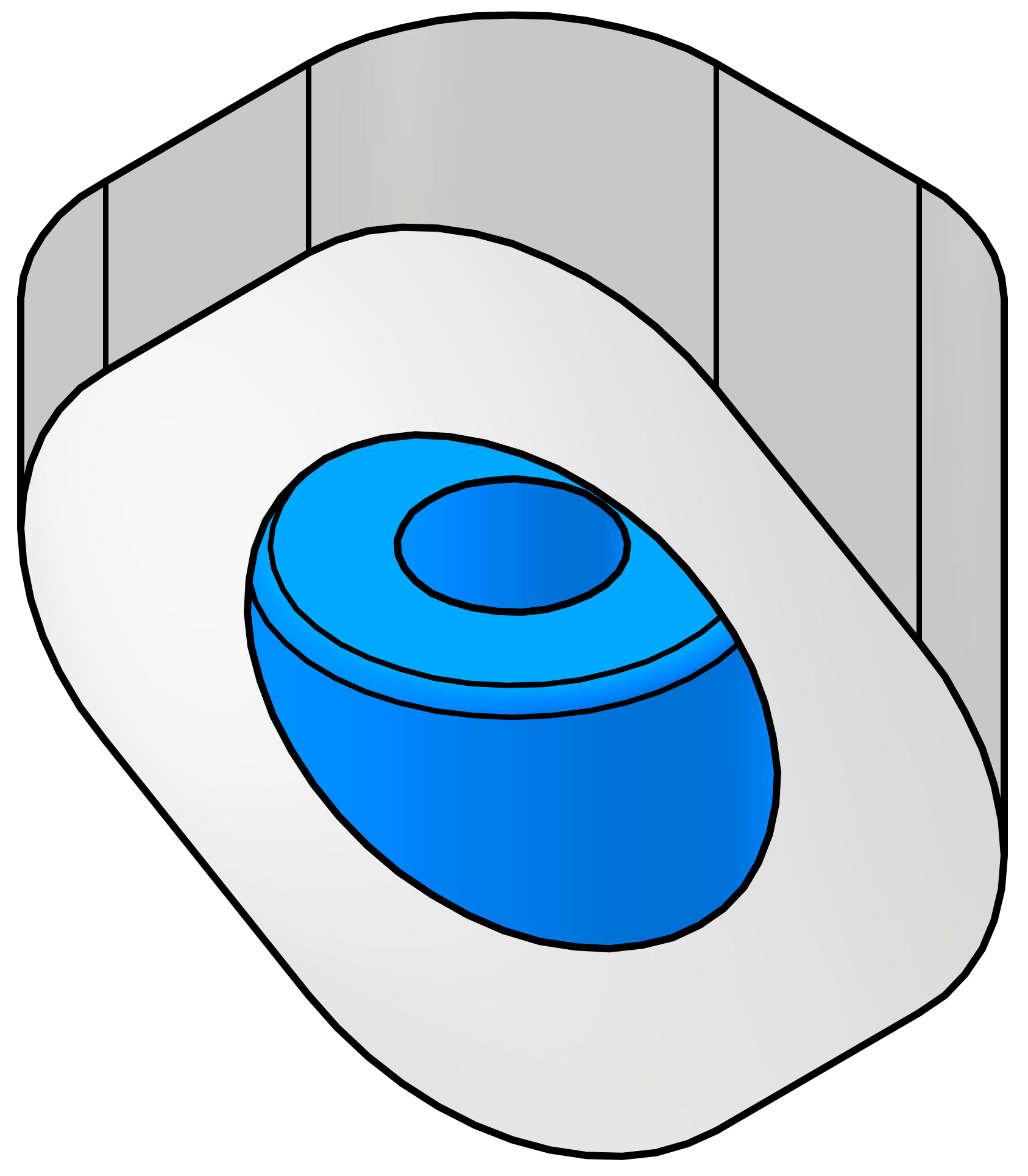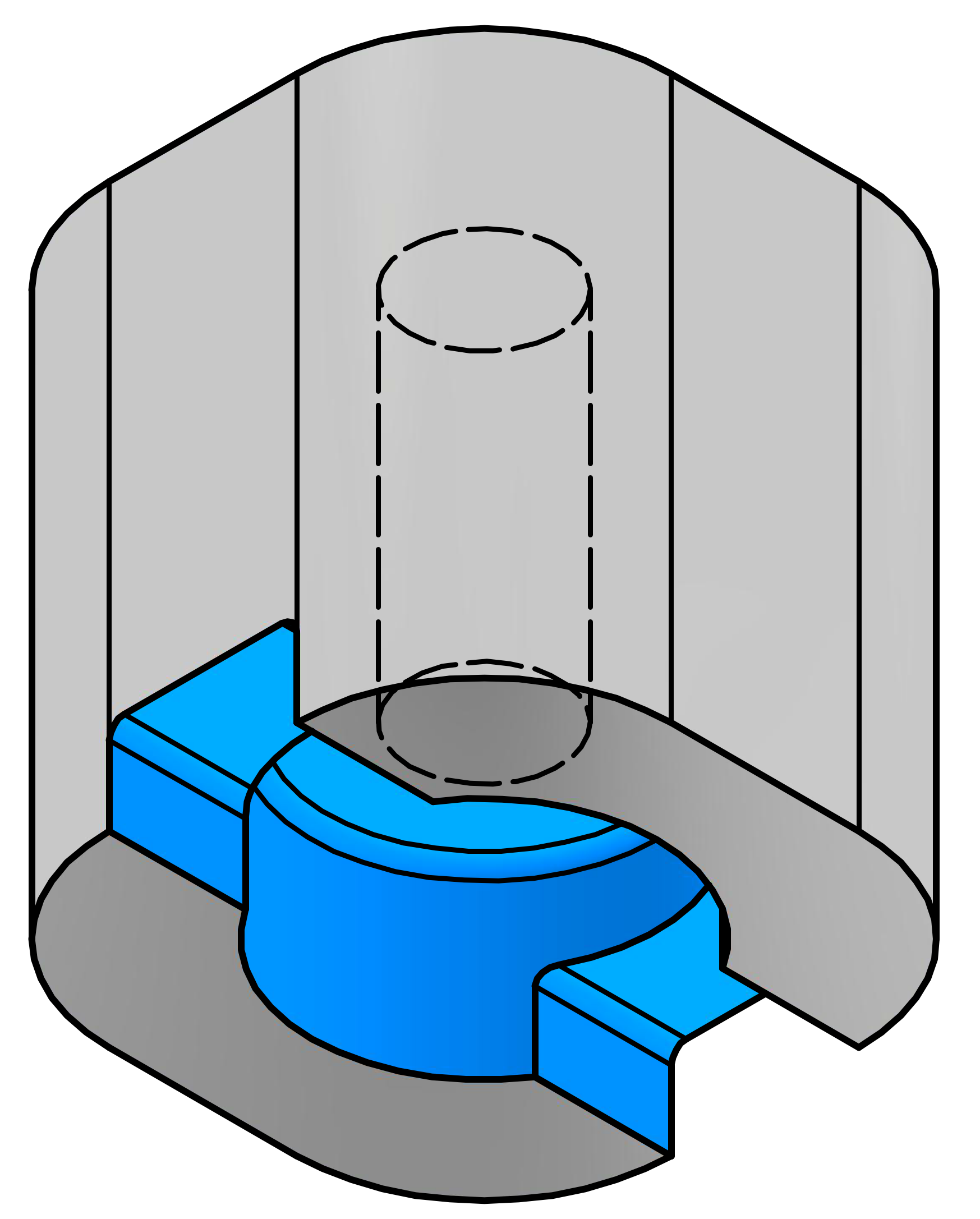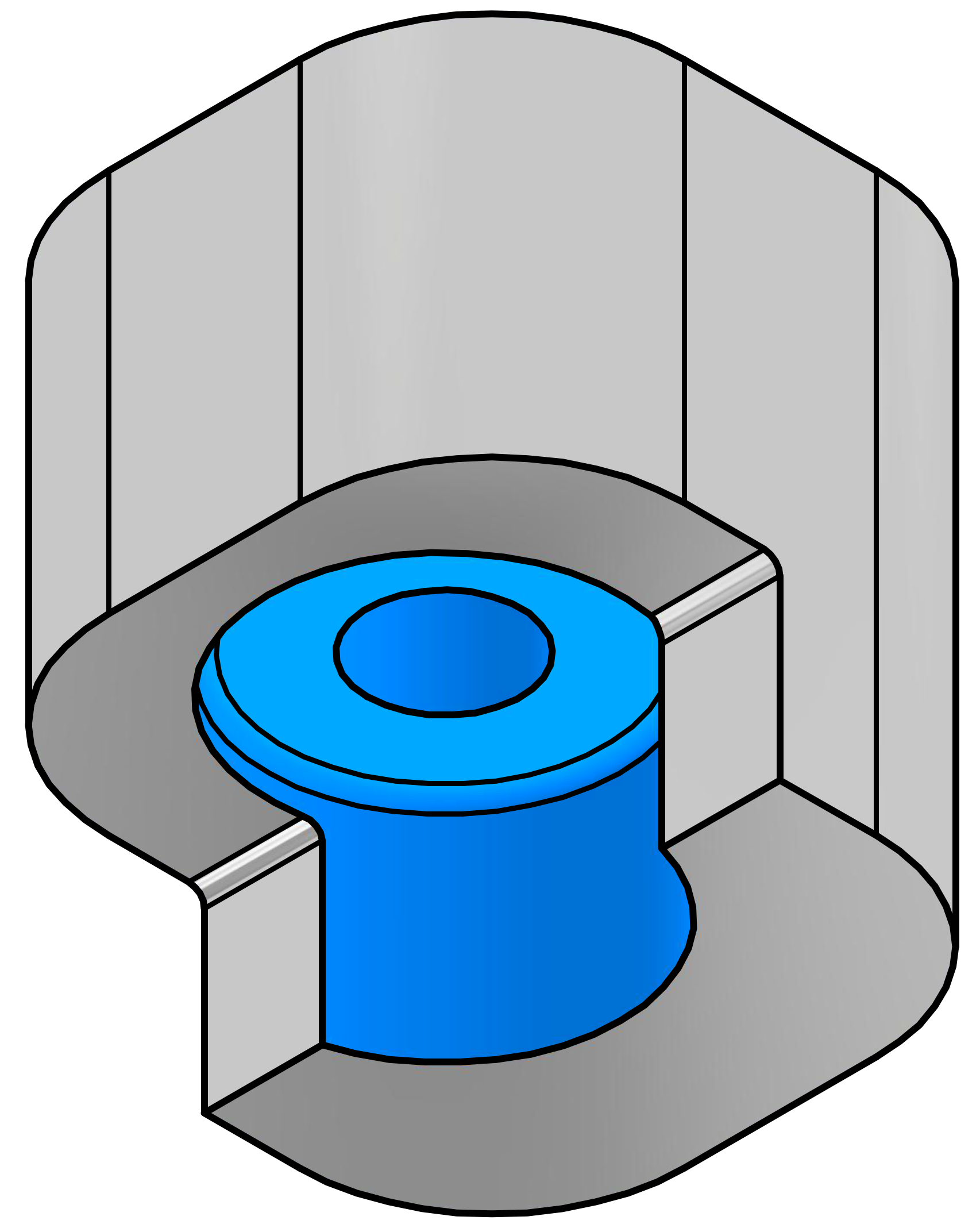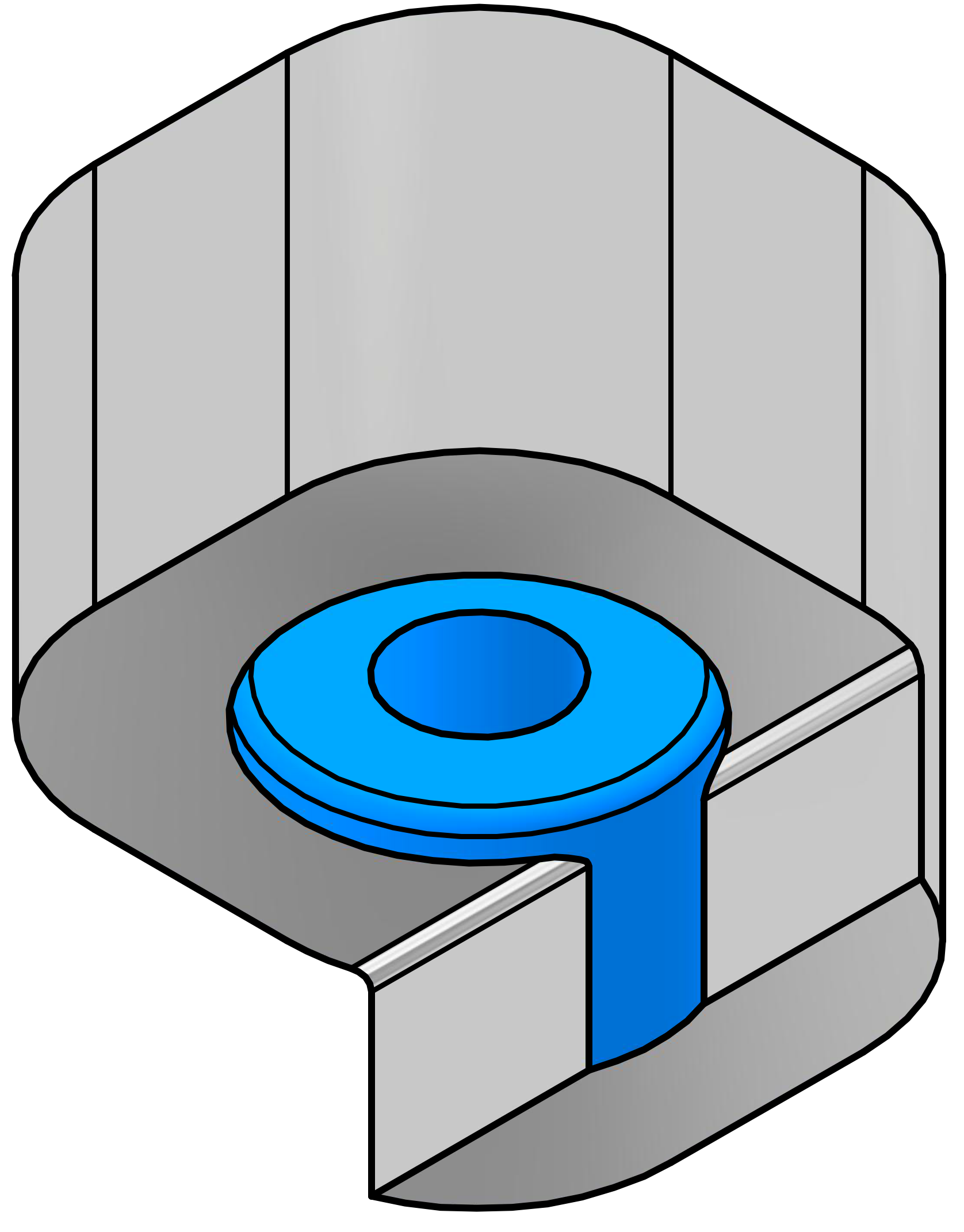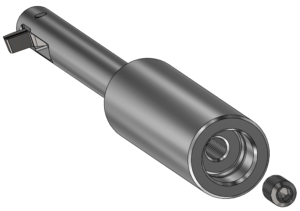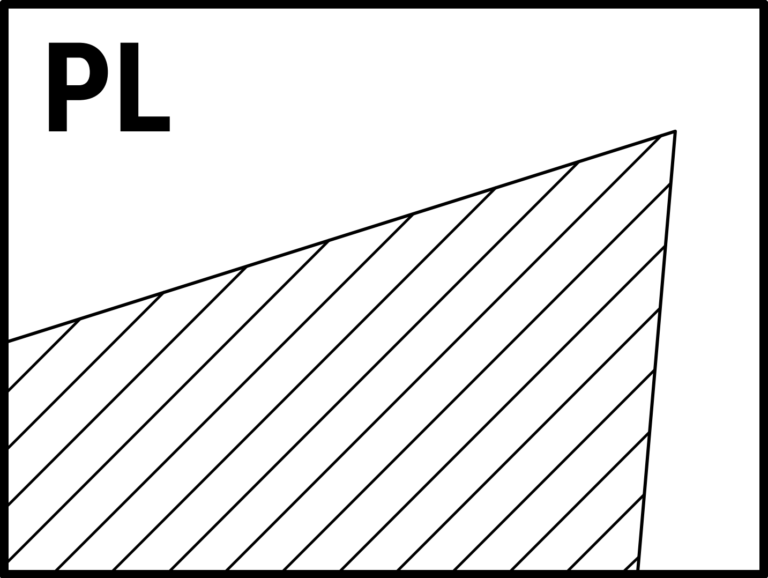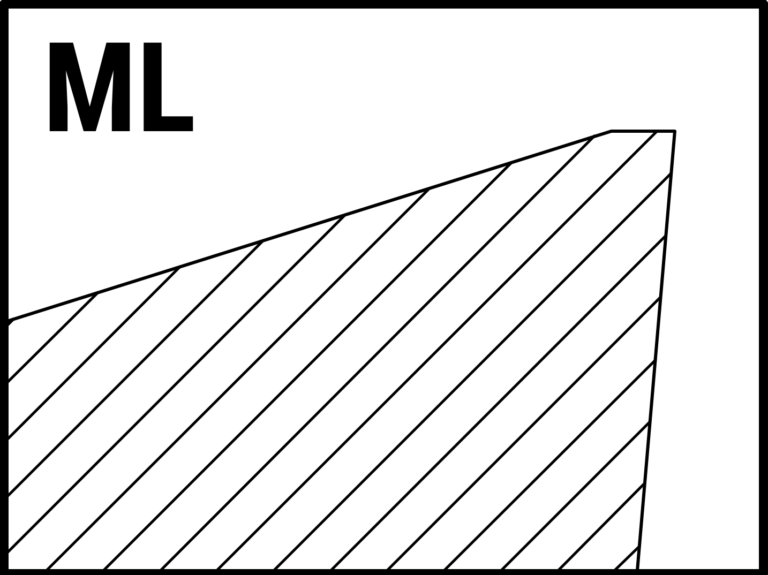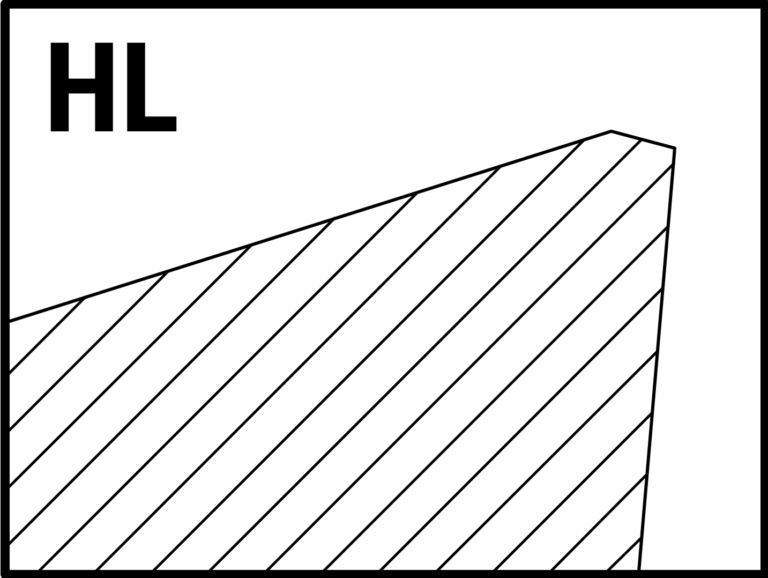| TiAlN |
Suitable for mild steels, cast iron, stainless steel, titanium alloys, Inconel,
tool
steel, and
hardened steels. Offers excellent thermal stability, oxidation resistance, and
wear
resistance.
|
Ideal for high-speed cutting and general-purpose machining. Performs well in
both wet
and dry
conditions. |
Aerospace, Automotive, General Engineering |
AISI 304, 42CrMo4, GG (Grey Cast Iron), Ti6Al4V |
✓ |
✓ |
✓ |
X |
X |
✓ |
| TiAlSiN |
Provides exceptional hardness and oxidation resistance, withstanding
temperatures above
1,200°C.
Suitable for high-strength steels, superalloys, hardened steels (over 45 Rc),
and
titanium
alloys. |
Best for high-performance machining in demanding environments. Excels in dry
machining
at high
speeds. |
Aerospace, Automotive, Die and Mold |
Inconel 718, AISI 4140, Ti6Al4V |
✓ |
✓ |
X |
X |
X |
X |
| AlTiSiN |
Offers high hardness, thermal stability, and resistance to wear and oxidation.
Suitable
for
stainless steel, hardened cast, superalloys, and steels over 45 Rc. |
Designed for high-speed machining in extreme conditions. Performs exceptionally
in dry
machining. |
Aerospace, Automotive, Precision Engineering |
AISI 316, AISI H13, Hastelloy |
X |
✓ |
X |
X |
✓ |
X |
| AlCrN |
Provides excellent oxidation resistance (up to 1,100°C), toughness, and abrasion
resistance.
Suitable for carbon steels, cast iron, stainless steel, and aluminum. |
Suitable for general machining in wet and dry environments. Excels in abrasive
and
high-wear
applications. |
Automotive, Aerospace, Die and Mold |
AISI 304, AISI 1045, GG, AL6061 |
✓ |
✓ |
X |
X |
X |
X |
| AlTiN |
High hardness, wear resistance, and thermal stability up to 1,100°C. Designed
for mild
steels,
cast iron, high-speed steels, tool steel, and hardened materials. |
Ideal for heavy-duty machining and high-speed cutting. Performs well in dry and
abrasive
conditions. |
Aerospace, Automotive, Heavy Engineering |
AISI 4340, M2 HSS, GG (Grey Cast Iron) |
✓ |
✓ |
X |
X |
X |
X |
| TiB2 |
Known for exceptional chemical stability, low friction, and high thermal
conductivity.
Best for
machining non-ferrous materials such as aluminum, copper, brass, and magnesium
alloys.
Reduces
friction and Built-Up Edge (BUE). |
Optimized for high-speed machining of non-ferrous metals. Prevents material
adhesion and
improves efficiency. |
Aerospace, Automotive, Electronics |
AL7075, 6061-T6, Copper, Magnesium Alloys (AZ31) |
X |
X |
X |
✓ |
✓ |
X |
| Polishing |
Provides a smooth, refined surface finish by removing micro-defects, scratches,
or
burrs.
Enhances aesthetics and surface quality. Reduces friction and BUE. |
Suitable for machining aluminum with high speeds and high MRR (Metal Removal
Rates) |
Aerospace, Automotive |
AL7075, 6061-T6, Copper, Magnesium Alloys (AZ31) |
X |
X |
X |
✓ |
X |
X |
